The weathering of the Earth’s surface serves as a geological thermostat and new research says that the breakdown of rocks at volcanic sites could help consume some of the world’s atmospheric carbon.
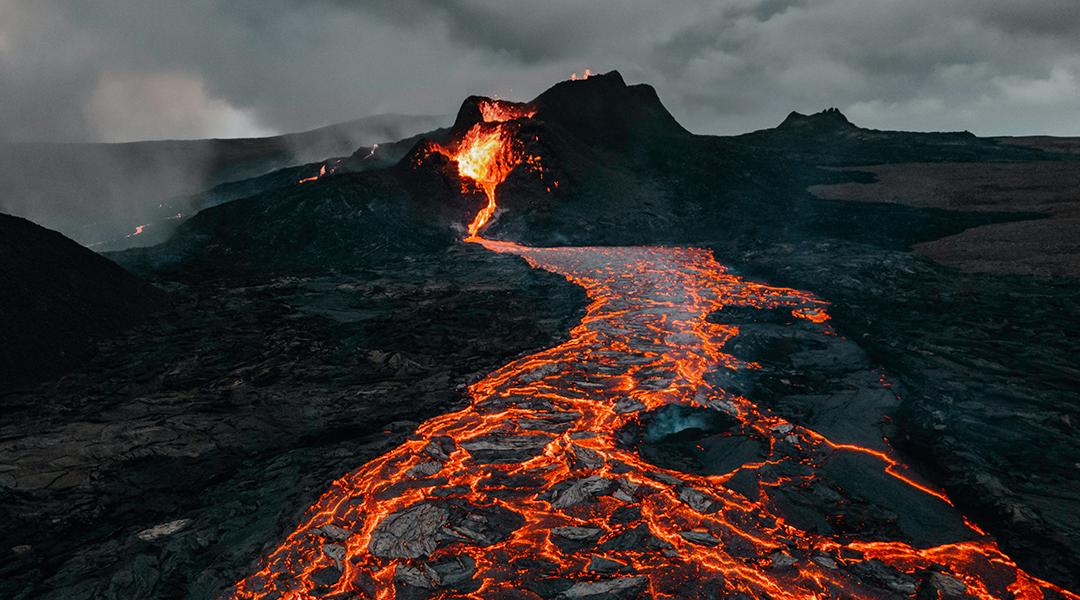

The weathering of the Earth’s surface serves as a geological thermostat and new research says that the breakdown of rocks at volcanic sites could help consume some of the world’s atmospheric carbon.

The Anthropocene has been defined by its carbon emissions, but modern technological advancements may hold the key to breaking this habit.
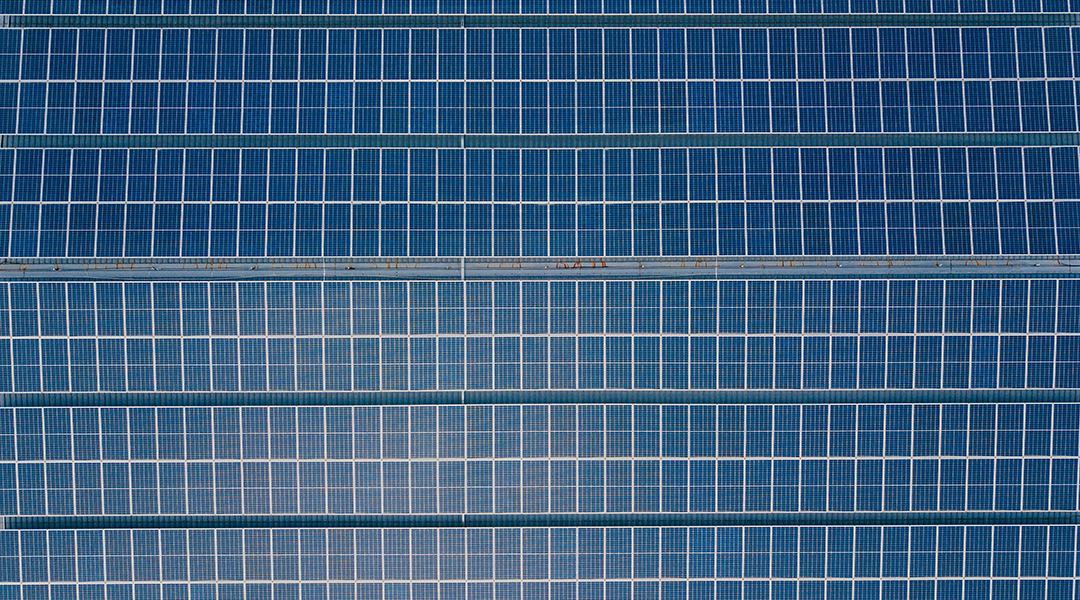
With a mastery of material phases, over the years scientists have developed more sustainable and groundbreaking technological advancements.
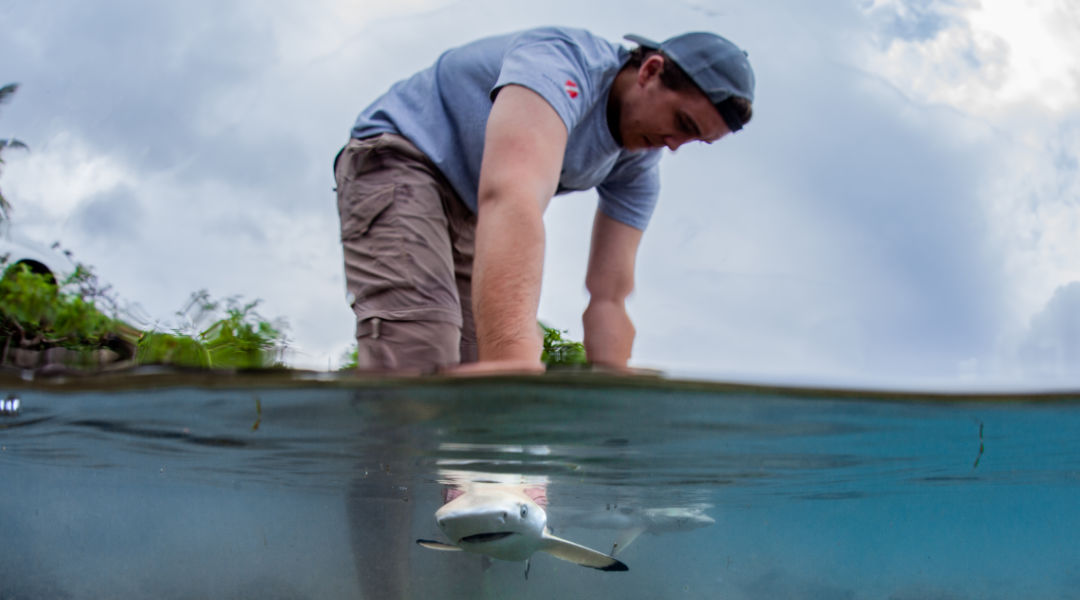
Marine biologist Ian Bouyoucos investigated blacktip reef sharks in French Polynesia. In this interview, he reveals that not everything in this paradise is as it should be thanks to climate change.
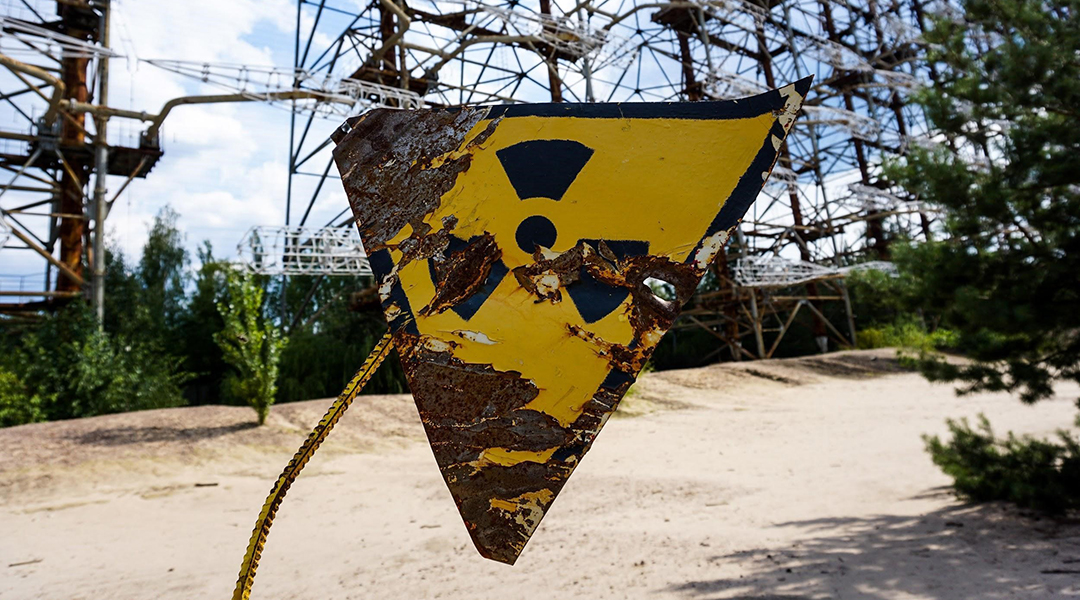
Post Fukushima, Japan’s energy network has expanded dramatically to include thousands of small renewable power companies which create many small solar, wind, biomass, and geothermal plants.
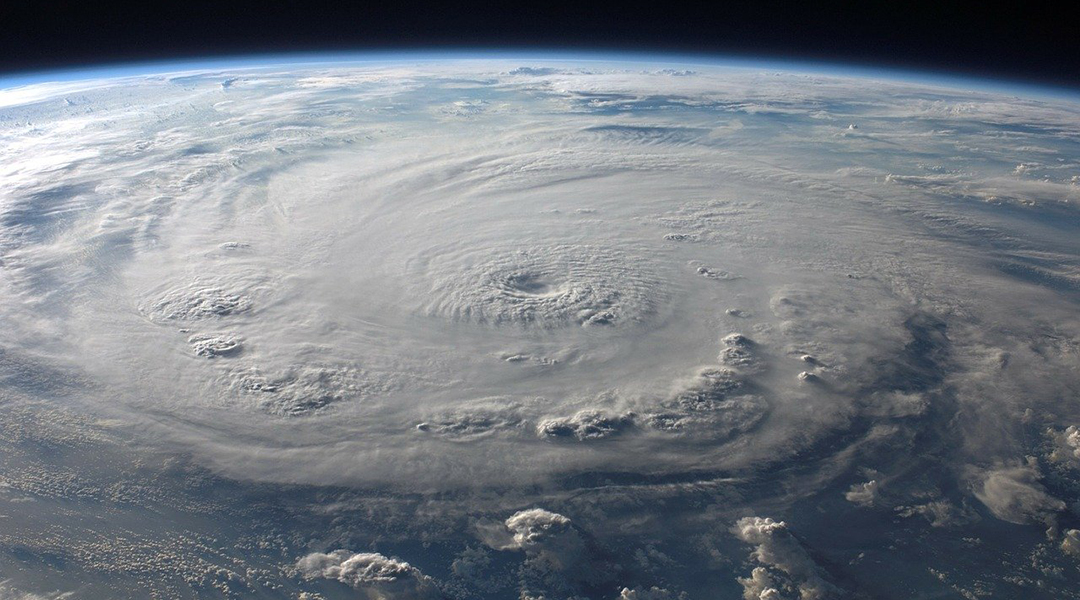
Scientists model the effects of spraying aerosols into the stratosphere and discover some unintended consequences.

The Story of CO2: Big Ideas for a Small Molecule

Researchers use hot water and pressure to circumvent the need to use toxic chemicals in the production of organic plastics.

This year, April 22, 2020 marks the 50th anniversary of Earth Day, a grassroots idea from the 1970s that became a global movement.

For the UK to make headway with its ambitious Absolute Zero plan, it calls for an administration that understands the subject and what is needed for its success.